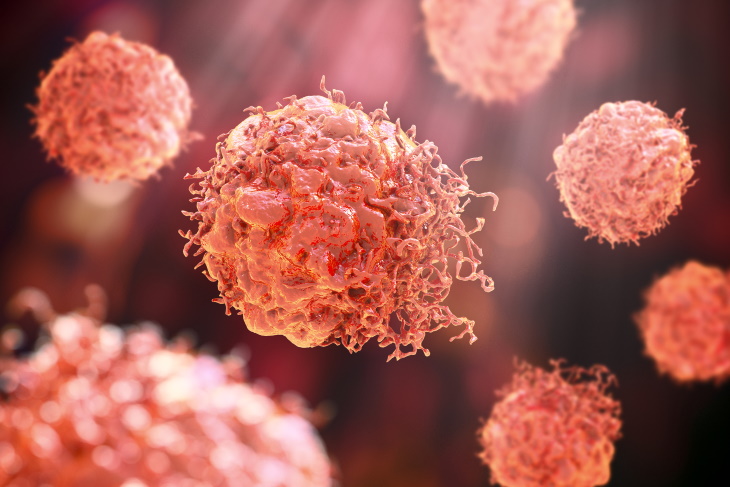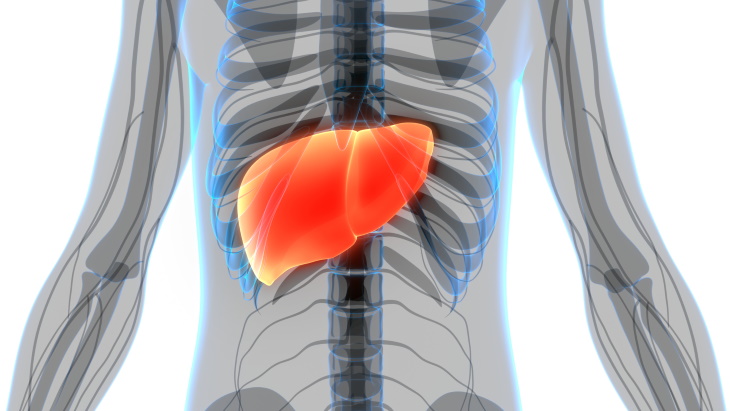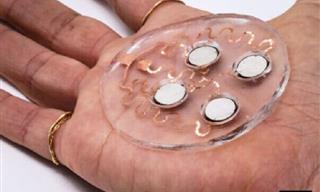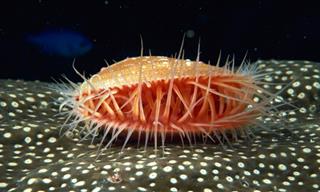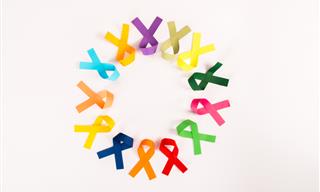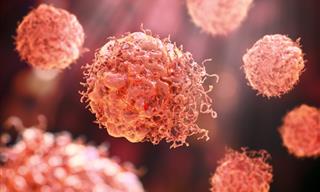-
 Go to BabaMail
Go to BabaMail
- Home
- Subscribe
- My Profile Login
-
Topics
- Cancer
- Brain Disorders
- Skin & Hair
- Weight Loss
- Orthopedics
- Sleep Problems
- Diabetes
- Pain Management
- Ear, Nose and Throat
- Autoimmune Diseases
- Nutrition
- Stomach & Digestion
- Heart Conditions
- General Health
- Mouth & Teeth
- Inner Organs
- Bacteria & Viruses
- Mental Health
- First Aid & Injuries
- Pediatrics
- Female Health
- Ageing
- Lungs & Breathing
- Men's Health
- Weight Loss Diets
- Eye Health
- Immune Health
- Kidney & Bladder Health
- Endocrine Health
- Liver Conditions
- Yoga
- Muscles & Bones
- Edit Profile
- Help
- Contact us
- About
- Terms Of Service
- Privacy Policy


